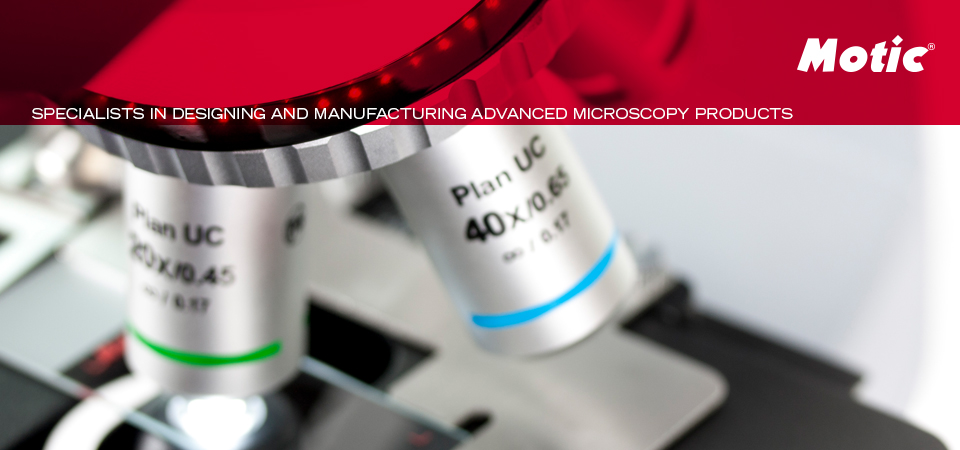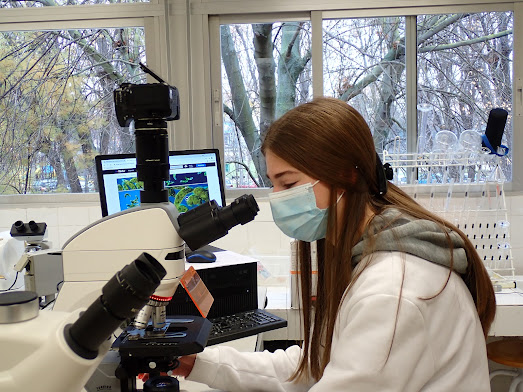The classic definition of “mineral” is, in general terms, a mineral is an element or a chemical compound that is normally crystalline and that has been formed because of geological processes. (Nickel, 1995).
But with the progress of mineralogical and chemical science, this "general" definition has been refined. Thus, Donald Peck proposes to define what a mineral is as an element or chemical compound that:
1. has a more-or-less constant composition -with allowance for substitutions in specific crystallographic sites in continuous series.
2. is usually a solid with an ordered three-dimensional array of ions and molecules in its crystal structure. -A few exceptions are approved for well-characterized amorphous substances.
3. is formed by natural geologic processes and without human or other biologic intervention. Exceptions are made for organic materials that have been changed and crystallized by geologic processes.
4. is not a mixture of two or more blended substances.
And, he adds that the most important thing is that it has been exhaustively studied and characterized by mineralogists, declared unique in its composition and structure, and that the original specimens (holotype) studied are deposited for conservation in a "serious" museum (Peck).
If we take these requirements into account, what is mercury? an ore?
At room temperature, it is a silvery, shiny liquid with a high surface tension that makes it easy to form balls and when they fall on a surface it is difficult to collect them... Who has not broken a mercury thermometer (actually prohibited)?
As it turns out, mercury is officially classified as a mineral species. It has a constant composition, it is not a mixture, but it is not solid, nor does it have an ordered three-dimensional array: Mercury is considered an element only for historical reasons and because it is distinctive in its chemical and physical properties. Because of its age.
The name of this liquid metal comes from the Roman god of merchants and messenger of the gods. Its current chemical symbol is Hg, from the word hydrargyrum, a Latinized form of the Greek term ὑδράργυρος (hydrargyros), which is a compound word meaning "water-silver", which seems obvious. The symbol ☿, which represents the planet Mercury, was used by alchemists to represent this liquid metal, an ingredient to "synthesize" gold.
Mercury does crystallize (solidify), in the form of rhombohedral crystals, when we cool it to −38.83 °C. In the Almadén mines (Ciudad Real, Spain), which at the time was the world's largest producer of mercury, liquid mercury can appear as pockets, in fissures (it already meets another requirement: formed by natural geological processes) and associated with cinnabar, mercury sulphide (HgS). The main ore of Hg is this intensely red mineral, also used in the past as a pigment and known as vermilion.

Fig 1 - Cinnabar crystal with quartz, FOV 5 mm. Motic PlanApo 5X with stacking. Collection & photo: J. Rosell.
In the photographs, we can see small balls of mercury that remain attached to the rock with red cinnabar, dolomite, and quartz. These globules appear when the rock is broken and remain attached to it unless we give the piece strong blows or pass a brush. Interestingly, if we try to deposit mercury on the rock from a bottle of liquid mercury, we will not succeed, and the mercury will slip on the piece.
Fig 2 - Brilliant globules of mercury on cinnabar (red) and quartz, FOV 4 mm. Motic PlanApo 5X with stacking. Collection & photo: J. Rosell.
Whenever we handle minerals, we must be careful to wash our hands, and even more so if it is cinnabar. Mercury is toxic. It is said that having it in your hand is dangerous, let's say that the vapours emitted are scarce (Hg vapour pressure at 20ºC is 0.16 Pa, water is 2300 Pa). What is dangerous is when Hg reaches food chains, where it penetrates as organic compounds generated by bacteria (mainly methylmercury), although curiously, it may be microorganisms that clean the seabed contaminated with mercury.
Fig 2 - Altered cinnabar with mercury globules, FOV 3 mm. Motic PlanApo 5X with stacking. Collection & photo: J. Rosell.
References
Nickel, Ernest H. (1995): “The definition of a mineral”. Canadian Mineralogist, vol. 33, pp. 689-690.
Peck, Donald: What is a mineral? Mindat.org [https://www.mindat.org/a/what_is_a_mineral]


















